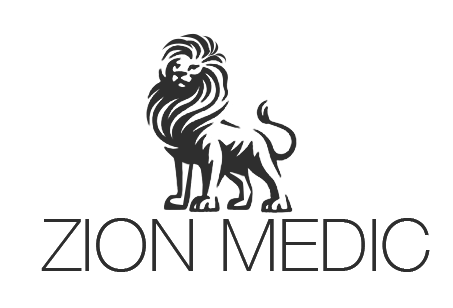Understanding Spinal Disk Herniation:
Spinal disk herniation, commonly referred to as a slipped or ruptured disk, occurs when the soft inner core of a spinal disk protrudes through the tough outer shell, causing compression or irritation of nearby nerves. This can result in symptoms such as localized or radiating pain, numbness, tingling, and muscle weakness, often affecting the back, neck, arms, or legs. Spinal disk herniation can be caused by factors such as aging, injury, poor posture, or repetitive strain on the spine.
Treatment Options for Spinal Disk Herniation:
- Conservative Management: In many cases, spinal disk herniation can be managed conservatively through non-surgical treatments such as rest, physical therapy, medications (e.g., anti-inflammatories, muscle relaxants), epidural steroid injections, and lifestyle modifications (e.g., posture correction, ergonomic adjustments). These approaches aim to reduce pain, inflammation, and pressure on the affected nerves while promoting natural healing and symptom relief.
- Minimally Invasive Procedures: For patients who do not experience adequate relief with conservative treatments or whose symptoms persist or worsen over time, minimally invasive procedures may be considered. These procedures, such as percutaneous discectomy or endoscopic discectomy, involve removing or decompressing the herniated portion of the disk through small incisions, with the goal of relieving pressure on the nerves and reducing symptoms while preserving spinal stability.
- Surgical Intervention: In severe cases of spinal disk herniation or when conservative and minimally invasive treatments are ineffective, surgical intervention may be necessary to address the underlying pathology and alleviate symptoms. Surgical options may include discectomy (removal of the herniated disk material), laminectomy (removal of a portion of the vertebral bone), spinal fusion (stabilization of the spine), or artificial disk replacement, depending on the location and severity of the herniation and the patient’s individual needs.


